Let's face it—buying an exhaust isn't just about sprucing up your ride's sound. There's more to it than just the noise! Whether you're eyeing a performance boost or just a little style, picking the right exhaust can seriously change the way your car feels and sounds.
First things first: exhaust types. Know what you're dealing with. From cat-back systems that replace everything after the catalytic converter to axle-back versions that only change the pipes after the rear axle, each type offers something different. Your choice depends on your needs—performance, sound, or both.
Performance vs. sound is often the big question. Some systems give your car a racing vibe with minimal performance improvement. Others might not be loud but can unleash some extra horsepower. It's all about striking the right balance for your goals. So, it's crucial to decide what matters to you before diving in.
- Understanding Exhaust Types
- Performance vs. Sound
- Material Choices
- Fit and Compatibility
- Consider the Brand
- Installation and Maintenance
Understanding Exhaust Types
When you're diving into the world of exhaust systems, the first thing to know is the different types out there. Picking the right one can make all the difference in your car's performance and sound.
Let's break it down:
- Cat-Back Exhaust System: This one replaces everything from the catalytic converter to the back of the car, hence the name 'cat-back.' It's great for those looking to enhance both performance and sound. It often includes a pipe, resonator, and muffler.
- Axle-Back Exhaust System: These systems swap out the exhaust components from the rear axle to the exhaust tip. It's a lighter modification, affecting mainly the tone of your car without a significant impact on performance. Perfect if you're on a budget but still want that sporty sound.
- Header-Back Exhaust System: This type provides a full replacement, starting from the header to the back. Since it involves the most components, it often offers the highest performance gains. But remember, with more parts comes a higher price and a more complex installation.
What you choose should depend on what you're aiming for. Want more room for performance boosts? A header-back might be your best bet. Just after that sweet sound? An axle-back will do the trick without breaking the bank.
And here's a little tip: always check your local regulations before swapping parts. Some systems can be too noisy or not street-legal in certain areas!
| Exhaust Type | Performance Impact | Sound Impact |
|---|---|---|
| Cat-Back | Moderate | High |
| Axle-Back | Low | Medium to High |
| Header-Back | High | Variable |
Knowing these basic setups helps steer you in the right direction. Think about what you want the most out of your car maintenance project and go from there!
Performance vs. Sound
When you're looking at exhaust systems, one of the first thoughts is probably about how your car will sound. But, let's not forget about performance. These two features often play a bit of a tug-of-war when choosing the right exhaust.
If you've ever heard a car with an aftermarket exhaust roar down the street, you know what I'm talking about. That sound can be a real head-turner. But keep in mind, a noisy exhaust doesn't always mean extra power. It's all about how the exhaust system is designed.
Most stock exhaust systems are built on a budget, focusing on noise reduction and meeting emission standards rather than maximizing performance. Aftermarket systems like a cat-back exhaust can improve airflow, which may increase horsepower and torque by 5-10%, though results can vary based on your car model and engine. Here's where the choice between performance and sound gets interesting.
- Performance-focused exhausts: These are designed to maximize flow and reduce back pressure, giving your engine a chance to breathe better. More efficient exhaust flow often means better fuel efficiency, more power, and potentially cooler engine temperatures.
- Sound-focused exhausts: If you're craving that growl or rumble, look for exhausts with larger diameter pipes and fewer, less restrictive silencers. But remember, extreme sounds can sometimes invite legal trouble if they're too loud for local noise ordinances.
To get a perspective, here's a simple breakdown of different metal acoustics:
| Material | Sound Characteristics |
|---|---|
| Stainless Steel | Produces a clean, crisp sound - often the choice for balancing performance and acoustics. |
| Aluminized Steel | Moderate sound - less costly but with a shorter lifespan. |
| Titanium | Loud and aggressive, though a bit on the higher pitch side. Ideal for those who want performance and don't mind spending extra. |
At the end of the day, your choice in car maintenance and upgrades is personal, like picking an ice cream flavor or deciding between action and comedy. Just make sure you pick something that aligns with both your desire and your ride's capability.
Material Choices
When you're on the hunt for a new exhaust system, picking the right material is crucial. It's like deciding the right fabric for your favorite jacket, but for your car! Not all materials are the same, and each offers its own set of benefits. Let's break it down to understand what might suit your needs best.
First up, we have stainless steel. This is a popular choice, especially for folks looking for a balance between cost and durability. It's resistant to rust and corrosion, which means it'll last longer, especially in salty or wet environments. Plus, it gives off that polished look, which is always a nice bonus if you're into aesthetics.
If you’re all about top-notch performance, you might lean toward titanium. Sure, it costs more, but it’s lightweight and super strong. For those who love to push their rides to the limit, the reduced weight can make a noticeable difference. In the words of car enthusiast Tim Johnson, "When you’re cutting down weight, every pound matters, especially in high-performance vehicles."
Aluminized steel is another option. A bit more wallet-friendly, this material is essentially steel but with a coating of aluminum-silicon alloy. It offers decent corrosion resistance, but let's be real, it's not everlasting and can wear out faster than stainless steel.
| Material | Pros | Cons |
|---|---|---|
| Stainless Steel | Durable, corrosion-resistant | Can be pricey |
| Titanium | Lightweight, high strength | Expensive |
| Aluminized Steel | Cost-effective | Less durable over time |
So when you're shopping around, keep an eye on what each material brings to the table. Performance upgrade doesn't have to break the bank if you choose wisely. Align the exhaust's material with your driving habits, local climate, and, of course, your budget. And remember, it’s not just about boosting how your car sounds or looks, but how it keeps up with your lifestyle and the pesky elements it faces on the road.

Fit and Compatibility
When you're shopping for an exhaust system, making sure it fits and is compatible with your vehicle is super important. Not all exhausts are one-size-fits-all. A mismatch in fit can lead not only to headaches during installation but can also affect the performance of your car. So, how do you nail that perfect fit?
Start by checking your car's specifications. You need to know your vehicle's make, model, and year. This info helps narrow down your options, ensuring the exhaust you pick will fit like a glove. Car makers design different underbody layouts, so the same exhaust system won't fit every car.
Another thing to consider is the existing modifications on your vehicle. If you've tweaked other parts of your ride, like the engine or suspension, you might need a bespoke exhaust system to achieve that tight fit and maximize your car's potential.
Don't forget to measure the connections. The diameter of the tubes should align with your existing setup for smooth airflow and easy assembly. It's worth paying extra attention here, as improper fitting could cause exhaust leaks.
Pro Tip: Always try to buy from reputable sellers or manufacturers who provide detailed product descriptions and are willing to offer installation assistance. This not only guarantees a better fit but also peace of mind knowing you’re not alone if something doesn't seem right.
Finally, not every performance upgrade is street-legal everywhere. Some exhaust systems are designed for the track and might not pass local emissions tests. Double-check the legal requirements in your area, so you’re on the right side of the law. This can save you from potential fines or the hassle of replacing your new exhaust shortly after buying it.
Here’s a quick checklist to help:
- Verify vehicle make, model, and year.
- Consider current modifications.
- Check the connection and tube diameter.
- Purchase from reputable sources.
- Confirm legal compliance in your area.
With these tips in mind, you're well on your way to finding the right exhaust system that not only fits perfectly but also matches your car’s personality and your driving goals.
Consider the Brand
Alright, let's cut to the chase. The brand of an exhaust system can make a big difference, not just in price but in quality and performance too. It's like choosing between a home-cooked meal and fast food; you get what you pay for, and sometimes, brand reputation does mean something.
Brands like Borla, Flowmaster, and MagnaFlow have been around the block a few times, and they’re known for delivering reliable and robust exhaust systems. They focus on performance, sound, and longevity. If you're in the market for something a little more specialized or made from tougher materials like stainless steel, these brands often have you covered with options tested by car enthusiasts worldwide.
So, why should you care about the brand? Here’s the kicker: warranties and support. Some brands offer lifetime warranties, giving you peace of mind. That's like having a safety net if something goes wrong. And don't forget customer service. A brand with good support can save you time and headaches if you end up needing a hand with installation or replacement parts.
When researching, check out online reviews and see what current users are saying. A lot of people post honest opinions on products in forums or review sites. Another tip: consider the brand's track record with your specific vehicle make and model. Some brands have a better reputation for certain cars, so that’s worth checking out too.
A smart move is to look at product stats or comparison tables. It might sound geeky, but understanding specs like pipe diameter or the material used can help you weigh your options.
| Brand | Warranty | Key Feature |
|---|---|---|
| Borla | Million Mile Warranty | High-flow designs |
| Flowmaster | Limited Lifetime Warranty | Distinct sound profiles |
| MagnaFlow | Lifetime Warranty | Stainless steel construction |
So next time you're looking at performance upgrades, don't just grab the first flashy option. Check that brand pedigree—it could pay off down the road.
Installation and Maintenance
Alright, so you've picked out your dream exhaust system. Now what? Getting it installed correctly is crucial. A good installation can mean the difference between a smooth, efficient ride and a loud, clunky mess. If you’re not the DIY type, hiring a pro might be the way to go. They can ensure everything fits right and functions as it should.
If you're tackling this yourself, make sure you've got the right tools. Start by double-checking that the exhaust fits your car model—there's nothing worse than finding out too late that it doesn’t. Follow the manufacturer's instructions like a game plan. Securing a tight seal is vital to avoid leaks, and don't forget to check for any rattling once everything's bolted in.
Once installed, maintaining your exhaust system is key to keeping it performing well. No one wants to deal with unexpected rattles at the worst times. Here are some simple tips:
- Regularly inspect your exhaust for rust and corrosion. Harsh weather conditions can take a toll.
- Listen for unusual sounds. A change might signal a loose component or something more serious.
- Keep the connections tight. Vibrations can gradually loosen fittings.
In terms of longevity, stainless steel exhausts are your best bet since they resist rust better than alternatives. Yet, even they need some TLC. Make maintenance a part of your routine, and your exhaust will serve you well for years.
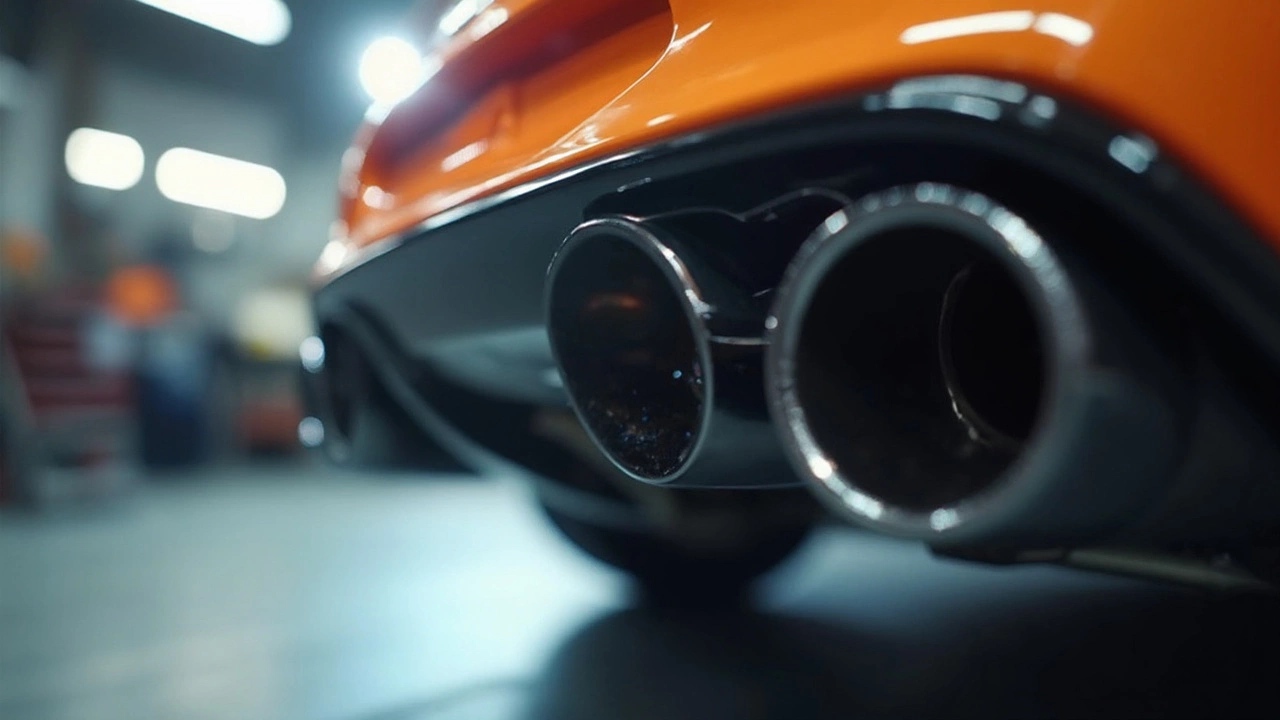

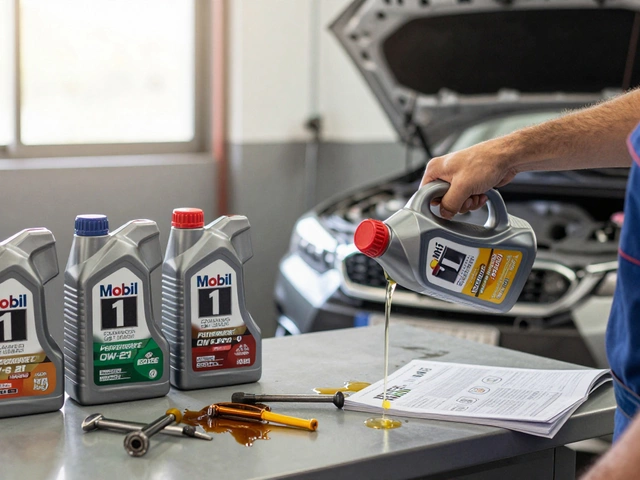



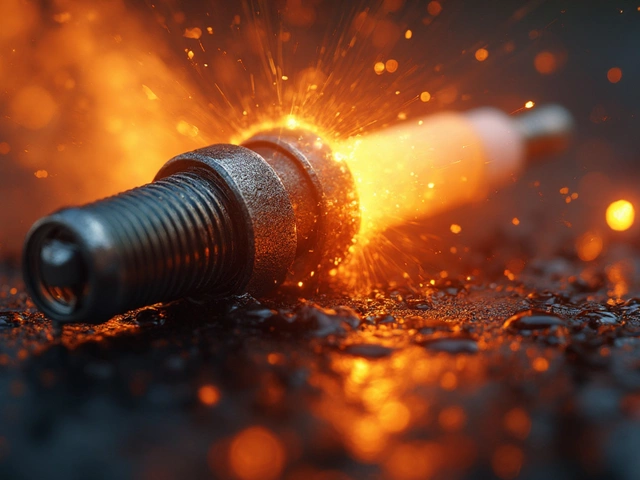
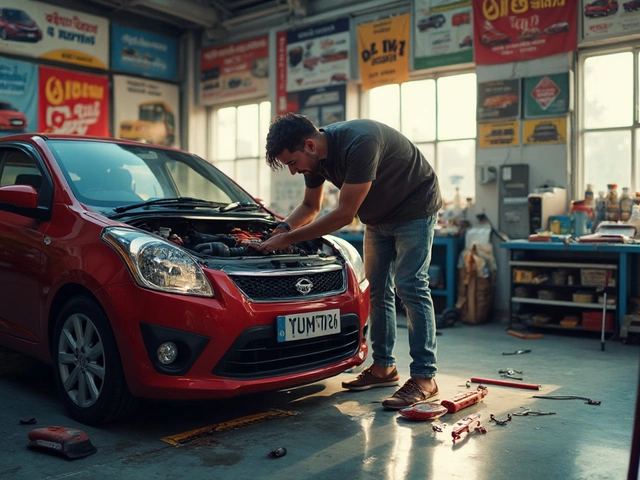

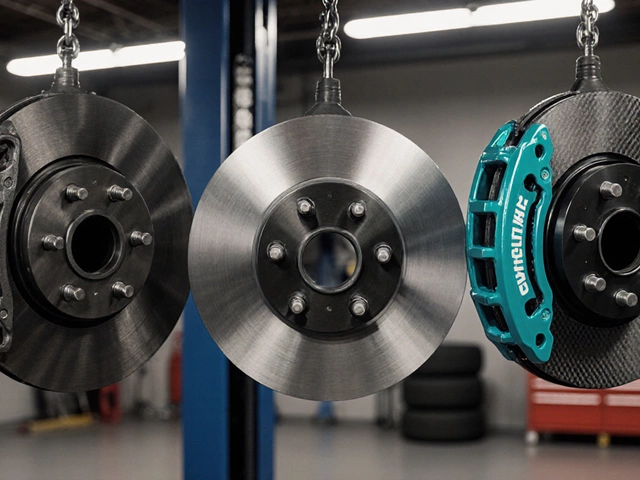
Write a comment